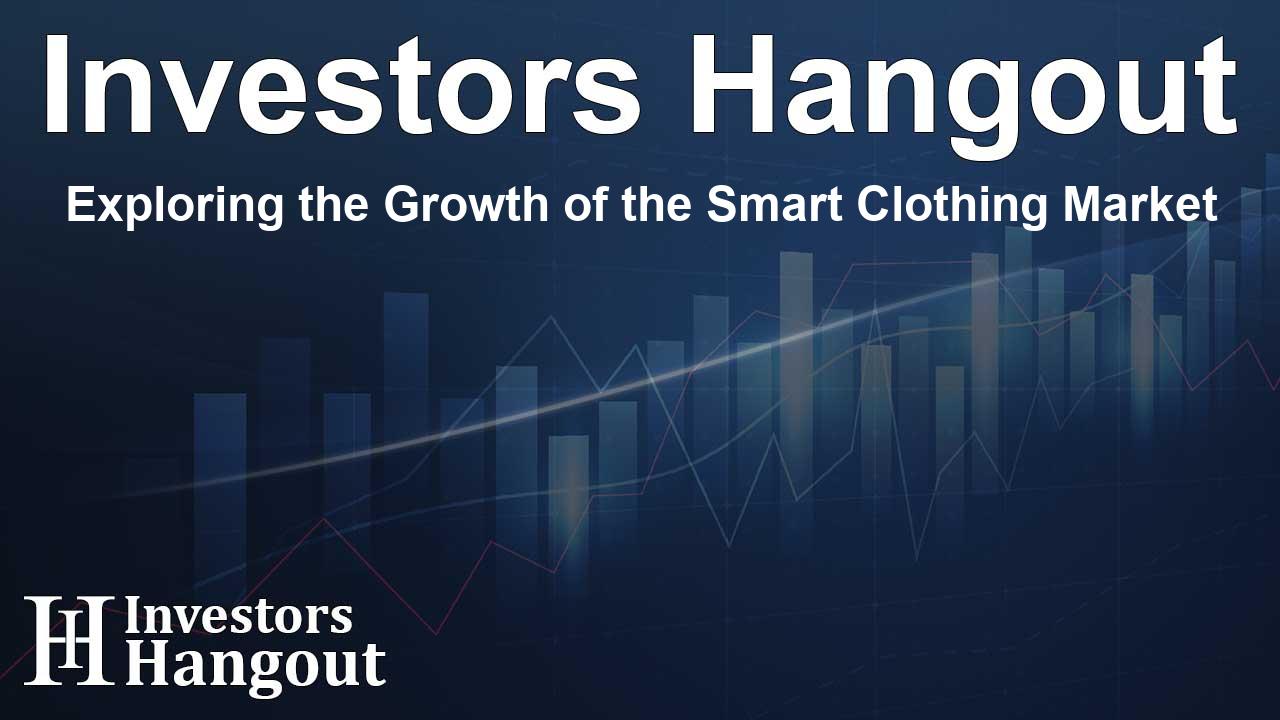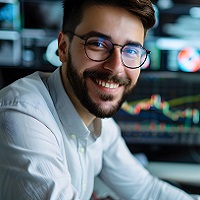Transforming the Smart Clothing Landscape
The smart clothing market is on a remarkable trajectory of growth and innovation, projected to expand significantly in the coming years. As noted by industry analysts, the market was valued at USD 3.85 billion recently and is estimated to reach around USD 31.32 billion by 2032. This impressive growth indicates a compound annual growth rate (CAGR) of approximately 26.23% from 2024 to 2032. With advances in technology such as Artificial Intelligence (AI) and the Internet of Things (IoT), the integration of intelligent textiles is reshaping how we interact with clothing.
Advancements Driving Demand in Wearable Technology
The transformation of wearable technology is largely fueled by advancements in various fields, including smart sensors and innovative fabrics. Smart clothing not only elevates style but also incorporates health monitoring capabilities. These garments are equipped with biometric sensors to track vital signs like heart rate and hydration levels, which can be beneficial for both fitness enthusiasts and those managing chronic health conditions. As health consciousness rises, the demand for smart apparel across sectors such as healthcare, military, and fitness accelerates.
Key Players and Innovations in the Market
A number of prominent companies are driving innovation in the smart clothing market. Brands such as AiQ Smart Clothing, DuPont, and Samsung lead in the development of new technologies that enhance the functionality of textiles. These entities are continually introducing products that not only focus on performance but also on sustainability, which is becoming a game-changer in this competitive space. For instance, the use of self-healing and biodegradable materials is being explored to reduce environmental impact.
Regional Market Insights
North America currently leads the smart clothing market, holding a significant share due to high consumer adoption and advanced technological infrastructure. The region benefits from partnerships between technology firms and established apparel brands, creating an environment conducive to innovation. Meanwhile, the Asia-Pacific region is emerging as a rapidly growing market driven by urbanization and increased disposable income, particularly in countries like China, Japan, and India, highlighting a growing consumer base for smart textiles.
Segmentation of the Smart Clothing Market
The smart clothing market can be broadly categorized into segments for a deeper understanding of its structure. These include textile types, product types, distribution channels, and end-use markets.
By Textile Type
The segmentation reveals that Passive Smart textiles currently dominate the market due to their affordability and durability. In contrast, Ultra Smart textiles are gaining traction, powered by breakthroughs in technology such as AI and real-time monitoring capabilities.
By Product Type
In terms of product segments, Apparel comprises the largest market share, with smart shirts and jackets leading due to the growing popularity of health-tracking features integrated into activewear. Footwear is identified as a growing segment, driven by innovations such as self-lacing systems and energy-harvesting soles, indicating a shift towards multifunctional and intelligent design.
Consumer Trends in Smart Clothing
Customer preferences are evolving, with more buyers leaning towards convenience offered by online shopping platforms. The rise of e-commerce in the smart clothing sector offers opportunities for brands to reach a wider audience, creating a dynamic in-store and online experience for consumers.
Importance of Sustainability in Smart Textiles
Sustainability is becoming increasingly important in the smart clothing market. Brands are investing in eco-friendly practices and recycling initiatives to cater to a more environmentally conscious consumer base. The integration of sustainable materials is not only appealing to consumers but is also helping companies comply with regulations and standards that promote safety and environmental stewardship.
Looking Ahead: The Future of Smart Clothing
As the smart clothing market continues to evolve, emerging technologies like IoT-enabled devices are expected to expand the possibilities for what wearable technology can accomplish. Industry stakeholders are urged to pay attention to regulatory standards to enhance product safety and consumer trust, which will further accelerate market acceptance and growth.
Frequently Asked Questions
What is the expected growth rate of the smart clothing market?
The market is projected to grow at a CAGR of 26.23% from 2024 to 2032.
What factors are driving the demand for smart clothing?
Key factors include advancements in technology, increased health consciousness, and a growing interest in sustainability.
Which regions are leading the smart clothing market?
North America currently dominates the market, while the Asia-Pacific region is recognized as the fastest-growing area.
What are the primary applications of smart clothing?
The primary applications include fitness monitoring, healthcare, military use, and fashion.
Who are some of the leading players in the smart clothing market?
Leading companies include AiQ Smart Clothing, DuPont, Samsung, and Adidas, among others.
About The Author
Contact Ryan Hughes privately here. Or send an email with ATTN: Ryan Hughes as the subject to contact@investorshangout.com.
About Investors Hangout
Investors Hangout is a leading online stock forum for financial discussion and learning, offering a wide range of free tools and resources. It draws in traders of all levels, who exchange market knowledge, investigate trading tactics, and keep an eye on industry developments in real time. Featuring financial articles, stock message boards, quotes, charts, company profiles, and live news updates. Through cooperative learning and a wealth of informational resources, it helps users from novices creating their first portfolios to experts honing their techniques. Join Investors Hangout today: https://investorshangout.com/
The content of this article is based on factual, publicly available information and does not represent legal, financial, or investment advice. Investors Hangout does not offer financial advice, and the author is not a licensed financial advisor. Consult a qualified advisor before making any financial or investment decisions based on this article. This article should not be considered advice to purchase, sell, or hold any securities or other investments. If any of the material provided here is inaccurate, please contact us for corrections.

